Last Updated on February 26, 2024 by Marian Jones
Edinburgh was the first city to be designated a UNESCO City of Literature and whole books have been written about its writers and their legacy. The city’s Writers’ Museum is dedicated to ‘the big three’, Robert Burns, Sir Walter Scott and Robert Louis Stevenson. This post offers a brief introduction to the life and works of each, plus some ideas on where to ‘find’ them in Edinburgh today.
makars’ court and the writers’ museum
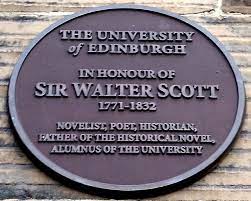
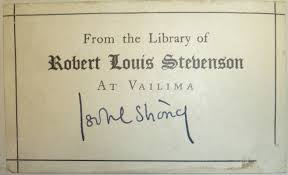
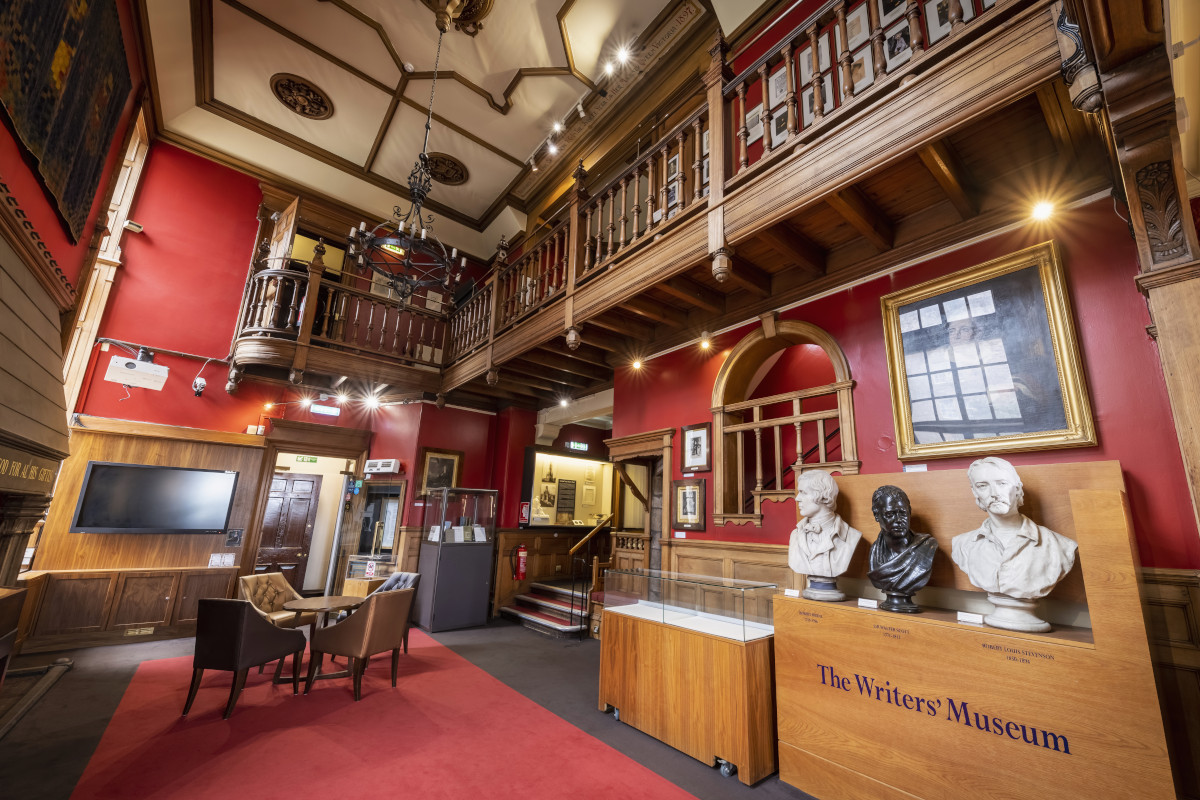
A ‘makar’ is Scots for ‘one who fashions, constructs, produces’ and includes poets and writers. Makars’ Court, just off the Lawnmarket is a courtyard where quotations from Scotland’s finest writers are set into the paving, written in four different languages: Scots, Latin, Gaelic and English. The earliest is from John Balfour, writing in 1375: ‘Fredome is a noble thing.’ Then there’s the exuberant statement by James Boswell, ‘I rattled down the High Street in high elevation of spirits’ and Sir Walter Scott’s ‘This is my own, my native land.’ The role of Makar, the Scottish equivalent of the Poet Laureate, is awarded by the Scottish parliament.
The Writer’s Museum is just off Makars’ Court and it celebrates the work of 3 giants of Scottish literature, all of whom have strong Edinburgh connections: Robert Burns, Sir Walter Scott and Robert Louis Stevenson. Inside you’ll find portraits, books and manuscripts and personal effects which belonged to each of the three. For example, there’s a plaster cast of Robert Burns’ head – one of only three ever made – along with the text of ‘Wha hae’, the patriotic song he wrote which became a sort of unofficial Scots national anthem. Each writer has a separate floor dedicated to him.
Robert Burns (1757-96)
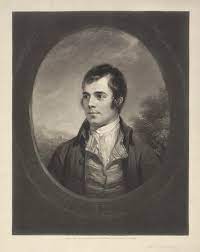
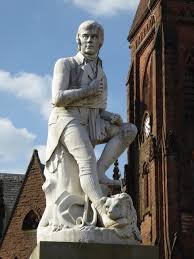

Robert Burns was originally a humble ploughman from Ayrshire, but he wrote poems in his spare time and his first collection, ‘Poems, chiefly in the Scottish dialect’, published in 1786, was an immediate success, popular with country folk and Edinburgh sophisticates alike. It included such well-known poems as ‘To a mouse’, with its much-quoted line that ‘the best-laid plans o’ mice and men gang oft agley’. Burns left Ayrshire for Edinburgh, where he continued writing verse and also produced a 6-volume collection of Scottish songs, the ‘Scots Musical Museum’. It included Auld Lang Syne, which Burns said he wrote based on a fragment of an old folk song.
Robert Burns can be said to have given the Scots language recognition outside Scotland. David Daiches, the Scottish literary historian, attributed Burns’ appeal to his ‘uncanny ability to speak with the great anonymous voice of the Scottish people’. There are statues to him in countries all over the world and Burns Night – January 25th – is marked by Scots everywhere. On that evening, extracts from his works are read out, a haggis is piped in for a celebratory dinner and the unforgettable ‘Should auld acquaintance be forgot?’ is sung in his memory.
Sir Walter Scott (1771-1832)
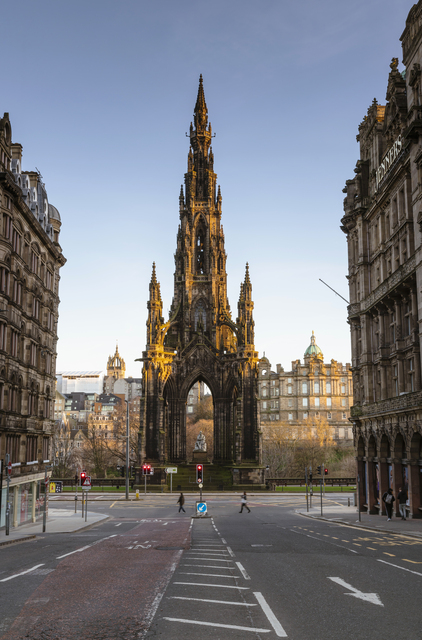


Sir Walter Scott is very present in today’s Edinburgh. The station is named after one of his novels – Waverley – and the nearby Scott Monument towers over the city. He was born and educated in Edinburgh, beginning his career in law, but also writing from his early 20s. Waverley, published in 1814, is seen as the first ever historical novel and this exciting tale of a young hero facing dangers in the Jacobite Rebellion was immediately hugely popular, out-selling all other novels that year. A well-known quotation is: ’Oh, what a tangled web we weave, when we first practise to deceive’. Other well-known Scott novels include The Heart of Mid-Lothian and Ivanhoe, the only one with a non-Scottish setting.
Walter Scott’s influence was huge. He is thought to have ‘invented’ the genre of historical fiction, still so popular today. And his poem, The Lady of the Lake, written in 1810, was widely read and had people flocking to the Trossachs area of Scotland where it was set, so inspired were they by the descriptions of its beauty. Some people argue that this was the beginning of tourism in Scotland!
Robert Louis Stevenson (1850-94)
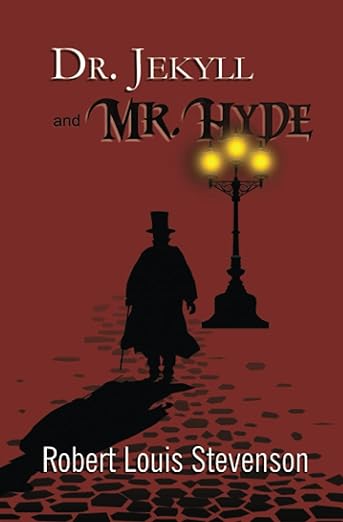

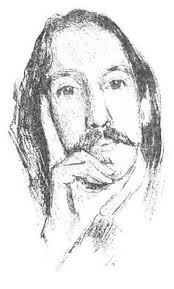
Robert Louis Stevenson was also Edinburgh born and spent much of his sickly childhood reading, listening to stories and writing. His early success were childrens’ books, A Child’s Garden of Verses and Treasure Island. Only Kidnapped has a Scottish setting, being the tale of 12-year-old David Balfour who is kidnapped, then befriended by a Jacobite fugitive with whom he sets off around the highlands, meeting some of the clans and learning about loyalty and friendship. The story ends with David’s return to Edinburgh, walking over the hills back to the city. The Strange Case of Dr Jekyll and Mr Hyde is another of his books which has stood the test of time.
There’s a bronze relief in memory of Stevenson in St Giles’ Cathedral, a statue of him outside Colinton Church and a memorial stone to him in West Princes Street Gardens, inscribed ‘RLS – A Man of Letters’. In later life, Stevenson went abroad to seek a climate better for his health and he spent his last years in Samoa where he died and was buried. The epitaph on his headstone is the final two lines from one of his best-known poems, Requiem, which reads: ‘Home is the sailor, home from the sea, And the hunter home from the hill.’
There’s a lot more background information on each writer on the podcast, along with longer quotations from their work and pointers to the artefacts linked to each now to be found in Edinburgh’s museums.
Listen to the POdcast
Reading suggestions
The Complete Poetical Works by Robert Burns
Robert Burns in Your Pocket (Biography + Selected Poems and Songs)
Waverley by Sir Walter Scott
A Life of Walter Scott by A N Wilson
Kidnapped by R L Stevenson
Dr Jekyll and Mr Hyde by R L Stevenson
Selected Letters of Robert Louis Stevenson Edited by Ernest Mehew
R L Stevenson A Biography by Harman
links for this post
Previous episode Leith and the Royal Yacht Britannia
Next episode More Edinburgh Writers






